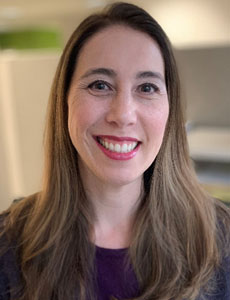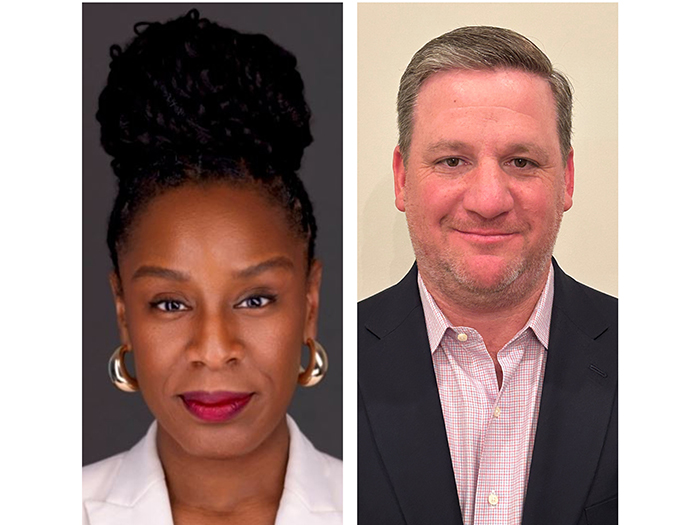D&O Rate Escalations and How COVID Could Make Them Even Sharper

After years of abundant capital and attractive pricing, underwriters of directors and officers insurance (D&O) braced for a hardening market in 2020 — then the pandemic hit.
COVID-19 has shaken the U.S. economy and many corporations’ finances, so it is unsurprising the D&O market has been adversely impacted. Its fate now depends on how the pandemic unfolds.
“The market was correcting itself, and on top of that came the current economic and financial crisis,” said Heather Fong Quade, deputy head of product development, financial lines, at Allianz Global Corporate & Specialty.
“The financial crisis mainly touched the banks, but this is touching everybody and every business, and it is just too early to understand its impact.”
That was the general message conveyed by D&O professionals ahead of this year’s PLUS Conference, and the result of the uncertainty has been a list of significant changes to the product available to clients — and the way insurers and brokers are selling it.
What’s Impacting Pricing
On the product front, D&O had been underpriced for years and entered the correction stage of the cycle late last year.

Heather Fong Quade, deputy head of product development, financial lines, Allianz Global Corporate & Specialty
Another factor increasing pricing has been the rise in class action claims brought against insured clients over the last several years. The #MeToo movement and greater emphasis on diversity have propelled some of the increase.
Jim Seymour, SVP at AmTrust Exec, noted the emergence of “event-based litigation” such as claims against Pacific Gas and Electric Co., stemming from the California wildfires, and against Boeing for its 737 Max issues.
“Four or five years ago, those types of claims rarely existed,” Seymour said, adding that a larger, well-funded plaintiffs’ bar now extracts larger settlement awards. He also said that before the pandemic the volume of such claims may have begun to stabilize, but uncertainty around the U.S. economy could prompt another litigation wave.
“The uncertainty is what makes the markets turbulent. If carriers know the situation is worsening, they can manage it; but with that uncertainty, it becomes more difficult for them,” he said.
Natalie Douglass, chief legal director, management liability, Gallagher, said that one out of ten public companies now face claims annually, settlements have become more severe, and the pandemic is anticipated to ramp up claims further. Significantly impacted industries, such as hospitality, entertainment and some retailers, are seeing double- and triple-digit pricing increases, she said, and policies of U.S. traded but non-U.S. domiciled companies tend to be placed in the already very expensive London market.
“Individual underwriting characteristics can also cause those pricing discrepancies; things like claim history and liquidity, which is a big focus now.”
COVID and D&O Claims
Traditional class action suits tapered between March and May, according to Christine Williams, CEO at Aon’s Financial Services Group, largely due to the lack of M&A. However, that activity has picked up and appears likely to continue into 2021. In addition, COVID-19-related filings have started to trickle in.
Williams noted a handful of public filings against companies in industries including cruise lines, early-stage biotech and banks, and claims are likely to jump over the next few years: “I see the market continuing to be challenged through 2021, because we’re only just starting to see COVID-19 filings,” she said.
Changing Dynamics
Lower capacity limits for clients is another feature of the hardening market. Laura Coppola, global head FinPro and head casualty & FinPro North America at Swiss Re Corporate Solutions, noted the “extraordinary” capacity over the last decade, at $60 billion or more for D&O alone.
“If you had a primary D&O policy limit of $25 million with XYZ carrier just a couple of years ago, you are likely seeing that primary limit cut in half today,” she said.
Consequently, companies must rethink their insurance needs amidst the changing dynamics in the D&O market. During the financial crisis, noted Fong Quade, companies re-examined their ABC insurance towers and sometimes decided to focus D&O insurance on side-A coverage, for unindemnified insured persons such as directors and officers. They reduced or eliminated side-B coverage to reimburse companies for the employees they indemnify, and side-C coverage for the company itself.
“That’s definitely a cost-saving mechanism that private companies are now investigating,” she said. “It’s not always a good strategy, but depending on your business it may make sense.”
Given insurers new reluctance to offer B and C coverage, Williams said, Aon now is presenting clients with three or four options, each with different structures, retentions and limits. Consequently, deals have become more labor intensive for brokers and carriers and take longer to complete.
Restrictive terms are also emerging on specific policies. Seymour noted many companies today are distressed and could end up filing for bankruptcy over the next year. Some D&O carriers are uncomfortable accepting that risk, “so they’re excluding claims stemming from any sort of bankruptcy or insolvency — that’s a restrictive term that was used sparingly before,” he said.
The hardening market has been a boon for wholesale brokers. Williams said Aon had started using wholesale brokers at the end of 2019 and continued to do so this year, providing them with some relief in the search for capacity: “They’re helpful on IPOs and some of the hard-to-place risk like cryptocurrency deals” as well as for more traditional coverage for challenged industries such as hospitality.”
Coppola noted that the hardening market has given wholesalers more opportunity to showcase their expertise in placing complex programs and, in particular, the ability to access niche, specialty markets.
Jim Rhyner, head of financial lines at The Hartford, said hard markets have become so infrequent many insurance brokers have not experienced one and are not sure how to react:
“Couple that with a remote workforce and the support a seasoned wholesaler can bring is obvious,” he said. &








